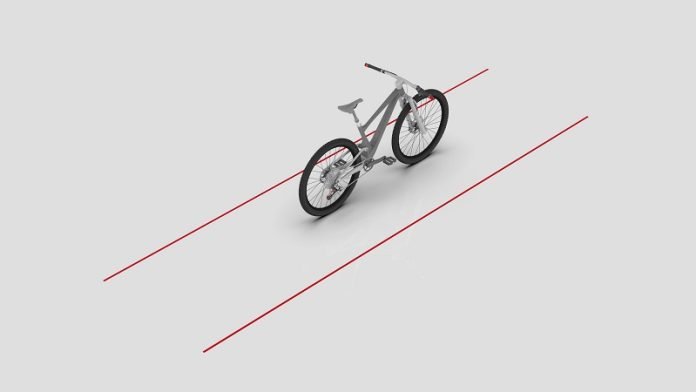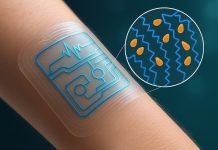
Cyclists face numerous challenges on the roads, as they are more vulnerable compared to drivers.
To address the visibility issue and improve cyclist safety, Ibrahim Cam, a talented Industrial Design and Technology student, has developed an innovative device called Laser Lane.
This touch-activated technology aims to enhance cyclist visibility, promote better communication with other road users, and ultimately make cycling a safer and more sustainable mode of transportation.
Laser Lane is a remarkable device that can be easily attached to the handlebars of bicycles. With a simple touch of a button, it creates laser lanes on both sides of the cyclist.
These laser lanes clearly indicate a safe distance of 1.5 meters that motorists should maintain when overtaking cyclists.
Additionally, Laser Lane features touch-activated indicators, front and rear lights, which provide further communication signals to drivers and fellow road users.
Ibrahim’s inspiration for creating Laser Lane stemmed from his personal experience as a new driver who observed frequent conflicts between cyclists and motorists.
As a former cyclist himself, Ibrahim recognized the need for improved communication and safety measures on the roads.
Witnessing drivers not giving cyclists sufficient space and disregarding safety rules motivated him to find a solution that would benefit both drivers and cyclists alike.
The Laser Lane device offers several features to enhance cyclist visibility and communication. The front and rear lights, designed in white and red respectively, help drivers differentiate between the front and rear of a bike.
This distinction enables drivers to make accurate judgments when interacting with cyclists.
Additionally, the touch-activated indicators allow cyclists to clearly signal their intentions when making turns, improving communication between all road users.
Laser Lane was recently unveiled at the prestigious Made in Brunel exhibition, where Ibrahim and other final-year students from Brunel Design School showcased their innovative creations.
The event provided an excellent platform for the students to present their ideas and products to industry professionals and the wider creative community.
Laser Lane not only aims to improve cyclist safety but also contributes to creating a more sustainable environment.
By making cyclists more visible and enhancing their confidence on the roads, Ibrahim hopes to encourage more people to choose cycling as a mode of transportation. Increased cycling can help reduce carbon emissions and alleviate traffic congestion, creating a greener and more efficient urban environment.
With Laser Lane, Ibrahim Cam has demonstrated how technology and innovation can contribute to the safety and sustainability of cycling.
This user-friendly device promotes better communication between drivers and cyclists, emphasizing the importance of giving cyclists the space they need on the roads.
By raising awareness and enhancing visibility, Laser Lane has the potential to make a significant impact on cyclist safety and encourage more people to embrace cycling as a sustainable transportation option.



